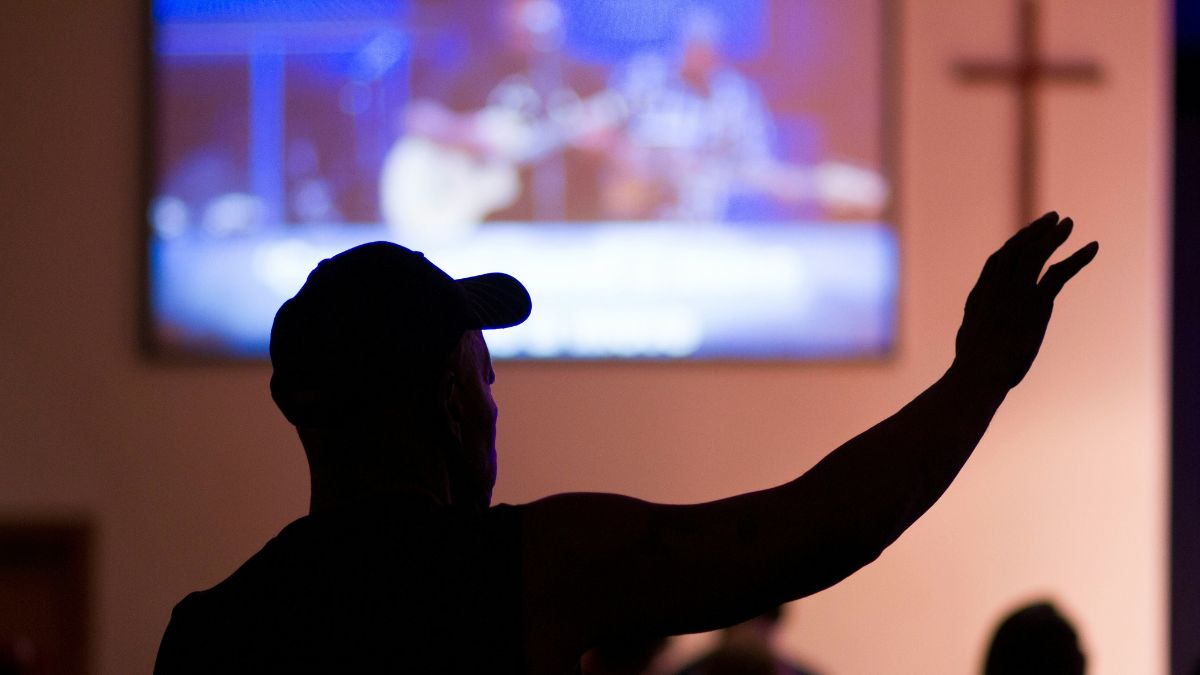

BreakPoint
Disney’s Pocahontas
She's just a barefoot cartoon figure in a buckskin dress. But Pocahontas, Walt Disney's latest animated heroine, is expected to generate more than one billion dollars in merchandise sales alone. But along with the sales of Pocahontas toys, towels, and T-shirts, Disney's Indian princess is generating more than a little controversy-controversy that highlights the contrast between two conflicting views of history. Disney's animated film recreates the legend of how, in 1607, Pocahontas supposedly saved the life of English colonist John Smith. Of course, it wouldn't be a Disney film without amusing animal sidekicks and catchy lyrics. But Disney also gives us a Pocahontas that plays fast and loose with historical facts. For example, the real Pocahontas was a pre-adolescent child when she first met John Smith. When she grew up, she married Englishman John Rolfe, was baptized a Christian, and spent the rest of her life in England. By contrast, Disney's Pocahontas is transformed into what Washington Post film critic Rita Kempley calls "[an] aboriginal Barbie with waist-length raven-black hair." John Smith is portrayed as a love interest for Pocahontas. There's no mention of religious faith, and viewers aren't told what happens to Pocahontas when she reaches adulthood. That's because inclusion of these pesky facts would have spoiled the apparent intent of the film: to create a mythical American past, a paradise uncorrupted by Western civilization. That's why Disney's Indians are presented as noble savages living in harmony with nature. The Europeans are portrayed as greedy fortune hunters intent on exploiting the New World's natural resources. This contrast is brought out in the film's most memorable song, "Colors of the Wind." Pocahontas singingly admonishes Smith, "[You] think you own whatever land you land on." But Pocahontas firmly sets him straight. She sings that "the rainstorm and the river are my brothers [and] the heron and the otter are my friends." The film underscores the contrast between the Christian and postmodern world views. You see, postmodernism denies that ultimate truth exists. And alongside this rejection of truth is the notion that there's no such thing as objective history-that you can reinterpret history to suit your own ideological purposes. That's why Disney writers felt free to leave out details like Pocahontas's conversion to Christianity. It didn't fit in with their own multicultural ideology-one that claims Western civilization had nothing worthwhile to offer America's native cultures. By contrast, Christians are concerned with historical truth. Christianity itself rests squarely on divine acts in history-a record that must be kept carefully. For example, Luke writes that he has "investigated everything from the beginning" before setting down his account of the life of Jesus. You and I ought to be just as concerned with historical accuracy ourselves. So if you take your own kids to see Pocahontas, enjoy the latest Disney extravaganza. But then take some time afterward to talk about the politically correct agendas hidden among the amusing animals and clever lyrics. And oh yes: Tell them that Pocahontas became a Christian.
07/5/95















